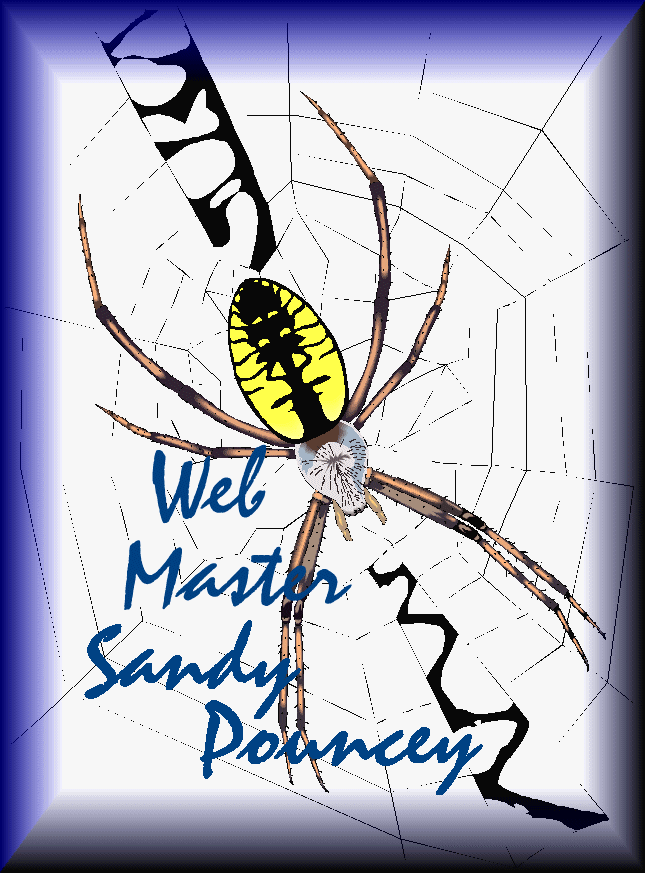The promethea moth, also called spicebush silkmoth, occurs throughout the eastern United States into adjacent areas of southern Canada. The caterpillar (Photo 1) feeds on foliage of birch, cherry, maple, sweetgum, sassafras, spicebush, and yellow poplar.
Moths emerge from overwintering cocoons in April and May. Body of the female moth (Photo 3) is reddish; front wings are reddish purple to brown with tan or lighter margins. Forewings are crossed near the middle by a light wavy line, and each has a dark eyespot near the apex. Wingspan is 75-85 mm. Body of the male (Photo 3) is dark; forewings are dark bluish black with tan borders and a thin light line across the middle.
Females oviposit on foliage of host trees at night. Early and mid-stage larvae (Photo 4) are gregarious; late-stage larvae tend to separate and become solitary feeders. The caterpillar (Photo 1) is 50-60 mm long when fully grown. The head is small and yellow with two black spots. The body is pale greenish to bluish white. There are pairs of prominent yellow-orange to red tubercles or horns on thoracic segments two and three, and a single yellow horn on the eighth abdominal segment. Rows of short, black, button-like tubercles occur along the body.
There are apparently two broods of promethea caterpillars each year in Alabama and the South. Caterpillars from eggs laid in the spring reach full size by about July and construct typical cocoons in trees. Subsequently, new moths emerge and lay eggs to begin a second generation. Second-generation larvae complete development by fall and spin the overwintering cocoons seen hanging in host trees after leaves have dropped.
| [ Saturniidae ] [ Lepidoptera ] [ Foliage Feeders ] [ Crown Insects ] [ Alabama Trees ] |
|
To Lacy L. Hyche |
|
To Web Publications |
|
To Main Page |
All photos courtesy of Lacy L. Hyche
|
Any comments on the design of this page can be sent to the | 
|